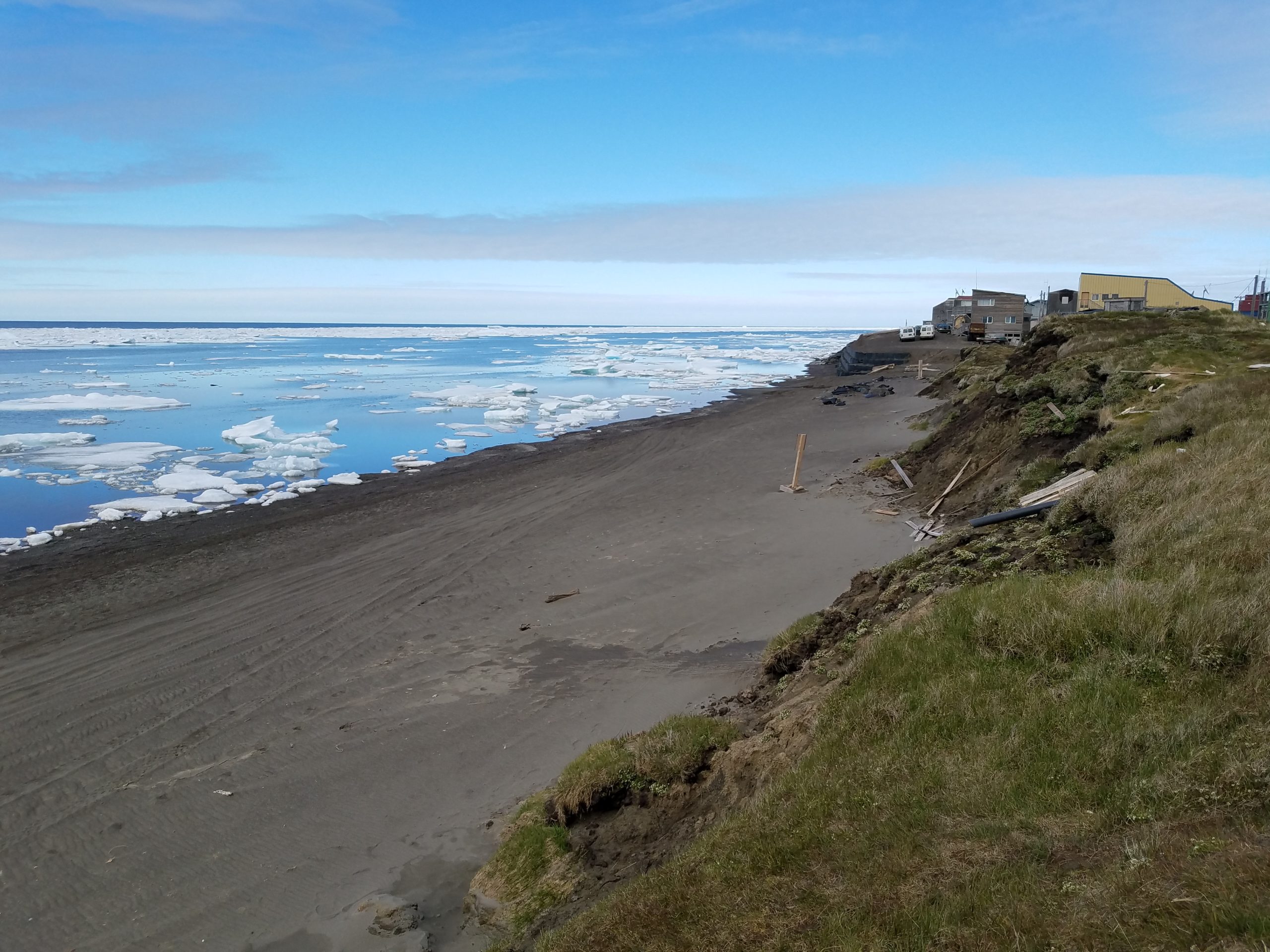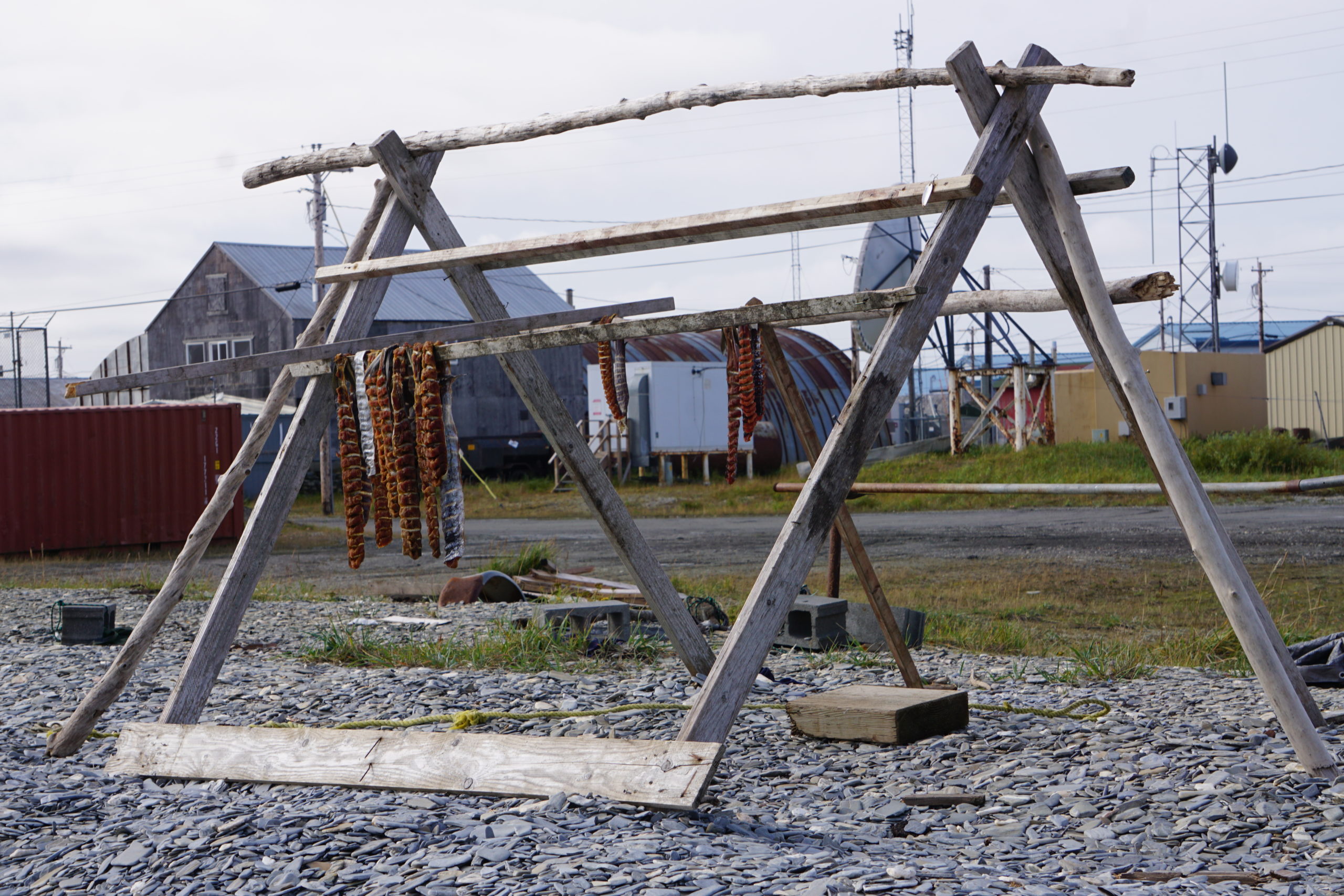The new US 5-year Arctic research plan aims to address social and community issues
The plans also aims for greater flexibility in response to changing needs than previous plans.

A new five-year U.S. Arctic research plan focuses on community and social needs, a pivot from a past emphasis on pure environmental science.
The plan was released on Dec. 15 by the Interagency Arctic Research Policy Committee. The committee, comprising representatives of 16 federal departments, agencies and offices, supports Arctic research conducted in the United States, and its work is guided by plans issued every five years.
The 2022-26 research plan identifies four priority areas for research to address: community resilience and health (subjects that have gained new prominence during the COVID-19 pandemic); Arctic systems and their interactions; sustainable economies and livelihoods; and risk management and hazard mitigation.
“Whereas previous plans focused primarily on environmental processes, The new plan shifts to address societal issues that require a more complex and a more multidisciplinary approach,” Nikoosh Carlo, the plan’s development director, said at an online news conference held as part of the American Geophysical Union annual meeting held in New Orleans.
In the new five-year plan, “the natural and social systems are really integrated here, perhaps in a way that they haven’t been in previous plans,” said Carlo, who previously advised former Gov. Bill Walker on Arctic and climate change policy and served as a senior U.S. State Department adviser during the 2015-17 U.S. chairmanship of the Arctic Council.
She cited some examples of social issues that could be addressed with research: the collapse of salmon runs in western Alaska and food-security problems exacerbated by covid, a topic to which a full chapter was devoted in the 2021 Arctic Report Card released on Nov. 14 by the National Oceanic and Atmospheric Administration.
[Ships traveling into a warming Arctic are leaving garbage in their wake, scientists warn]
Also new in the plan is some built-in flexibility. While other plans had fixed priorities and milestones to be achieved, the 2022-26 plan provides for biannual assessments, making it more responsive to Arctic needs as they arise, said Michael Falkowski, a NASA scientist who helps manage the ABoVE (Arctic-Boreal Vulnerability Experiment) project.
“Every two years we’ll meet and revisit what we want to do and where we’ve been and we can adapt relatively quickly to changing priorities in the Arctic driven by agencies but also by communities,” Falkowski said at the news conference.
Carlo, in her remarks, noted that the Arctic is the most rapidly changing region in the earth, profoundly impacting its residents.
“Climate change impacts the ability of Arctic communities to harvest food, to safely travel and poses major threats to infrastructure, to housing and to economic development,” she said.

Arctic change also has profound impacts on the rest of the world, she said. “Melting glaciers lead to sea-level rise that threatens coastal communities all over the world. Thawing permafrost releases greenhouse gases that accelerate global warming. And melting sea ice can no longer reflect heat away from the planet,” she said.
Jane Lubchenco, deputy director for climate and the environment at the White House, said the five-year research plan reflects the Biden administration’s commitment to the Arctic.
Lubchenco, who headed NOAA in the Obama administration, noted that the Biden administration reactivated the Arctic Executive Steering Committee, which had been shut down by President Trump. The announcement of the committee’s reactivation came at the same time the administration announced it had appointed new members to the U.S. Arctic Research Commission, replacing Trump-appointed commissioners who were criticized for having little or no Arctic experience.
The Biden administration’s Arctic commitment includes the revival of the Northern Bering Sea Climate Resilience Area, another reversal of a Trump administration policy. That return of the Bering Sea program, which was started during the Obama administration, was announced on the day of Biden’s inauguration.
The administration is also focusing on the national security aspects of the Arctic, Lubchenco said at the news conference.
“As you can see the Arctic is a really important place. It’s important not only for the people who live there and work there but for the rest of the country and indeed the globe,” she said. “We in this administration are paying special attention to the Arctic because of its importance.”
Carlo and Lubchenco also noted that the newly signed Infrastructure investment and Jobs Act addresses many pressing needs in the Arctic. The research plan can help ensure that science underpins the actions taken to build new Arctic infrastructure and maintain the infrastructure that exists, they said.